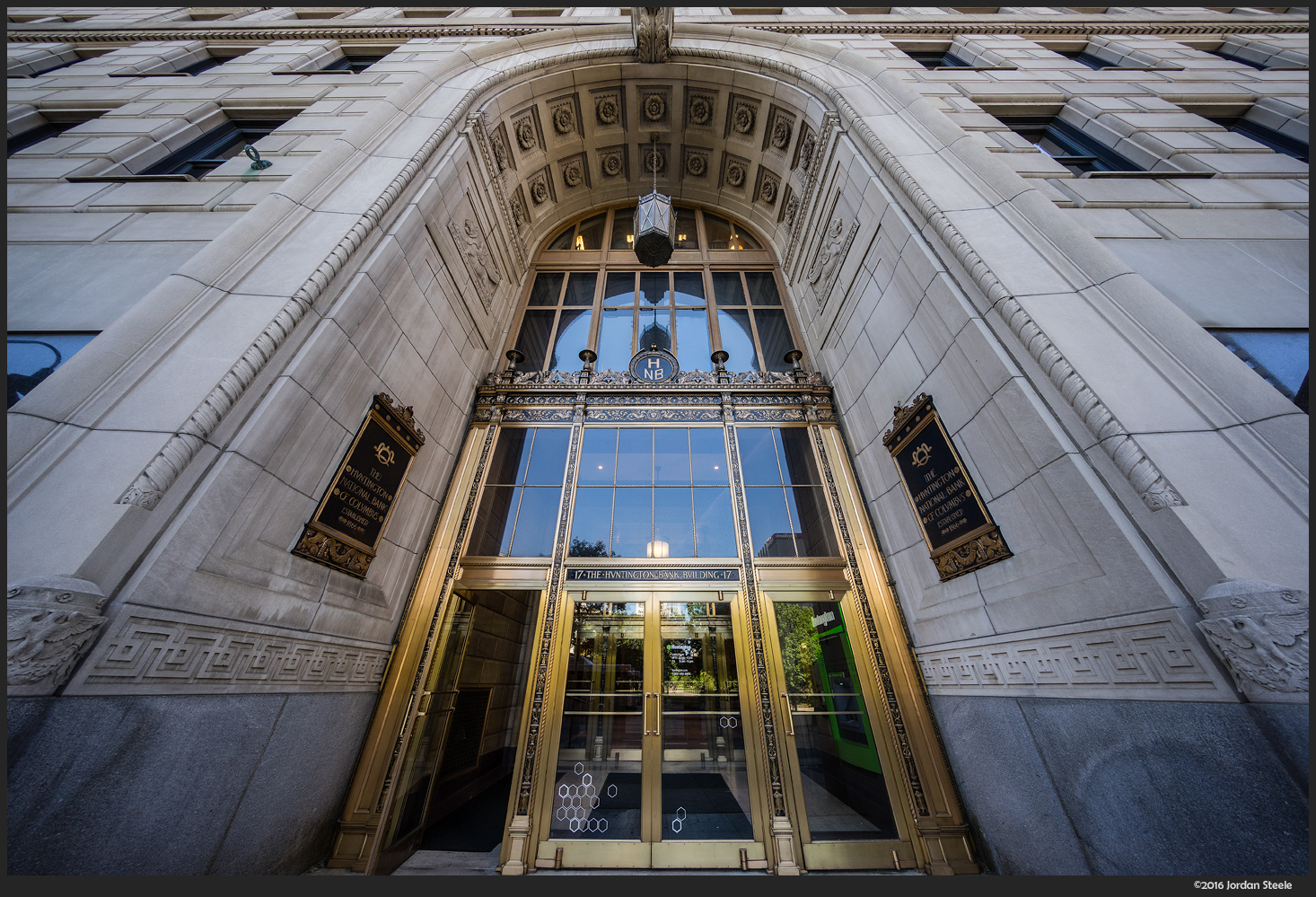Image Quality
Evaluating image quality with a lens like the Voigtländer 10mm is a unique proposition, as there is literally no other lens this wide that can be compared to it. The lens does have some optical compromises, but overall, I found the image quality to be very good, and when combined with the unique capabilities and extreme width, create an excellent optic.
Sharpness
Given the extreme width of the lens, I didn’t expect corner-to-corner sharpness with the 10mm f/5.6, and you don’t get it, though I was pleasantly surprised by how far sharpness extends into the frame. The central 80% of the frame is tack sharp, while the edges of the frame show a bit of softening and the corners, even at f/11 are soft. Still, the cross-frame sharpness is impressive given the crazy width of the lens. The shot below was taken at f/8. Click here for a 100% crop at the lower left edge of the frame, which will give you an idea of the softening you can expect at the edge.

Normally at this stage, I’d discuss bokeh, but given the wide nature and relatively low magnification, there is almost zero background blur that can be generated with this lens.
Color, Contrast and Chromatic Aberration
I think the Voigtländer 10mm shows excellent color and contrast. The color is neutral in cast and shows a richness and subtlety that lends a great look to the images. Contrast is fairly strong, and lends some pop to the images. In general, I really like the way the lens draws.
Chromatic aberration is one of the weak points of the Hyper-wide Heliar. While out of focus areas aren’t prominent enough to show any longitudinal chromatic aberration, lateral CA is very visible at the edges of the frame, though mostly correctable in post. Some purple fringing can also be seen in areas of very high contrast, though I didn’t come across it too often.
Distortion, Flare and Vignetting
Wide angle lenses often exhibit some barrel distortion, and that’s true with this lens as well, but it’s really only visible in certain circumstances, such as exaggerating straight lines that run across the bottom of frame closer to the lens. In most compositions, the mild barrel distortion isn’t really perceptible. Given the extreme width, the distortion control is honestly rather remarkable. If you notice a bit of the distortion taking hold in your shot, it’s fairly easy to correct with a tweak in Lightroom or another post-processing program.

It’s important when discussing distortion with an ultra-wide lens to note that perspective distortion (the wild converging lines that will show when tilting the lens down or up) is a function of the width and of camera position, and not a function of the optics. Perspective distortion happens with every lens made (though it’s far more visible with wide-angles). Keep the lens level and the perspective distortion vanishes, as can be seen in the shot above. Also, all very wide lenses will show some stretching at the edges, enlarging apparent size. This is required in order to keep the lines straight in a rectilinear lens.
The 10mm Heliar has a mixed performance with regards to flare. When the sun is directly in frame (which happens a lot with this lens), flare is minimal. Contrast remains high and only a few very small ghosts are visible. The lens also produces very nice sunstars. Like the Zeiss Loxia 21mm, I found the 10mm f/5.6 to occasionally show some sensor reflections on my A7 II, which can be seen as green and purple dots in a grid pattern around the sun, though this is a function of the camera cover glass and not the lens, per se.

As good as the flare control is in most circumstances, placing the sun or other bright light right near the corner of the frame will produce rather large arcing flares, as can be seen in the shot above. If you like this effect, it’s fine to use for a nice addition to your photo. If you don’t, avoid the corners for bright light.
Another weak spot for the lens is in the vignetting department. Despite the slow maximum aperture of f/5.6, the 10mm Heliar shows very strong vignetting wide open and there’s very little improvement stopped down. It’s visible in most any composition. I like vignetting in my photos as a general rule, but even so, I often applied digital correction in Lightroom to compensate for the corner darkening.






Leave a Reply